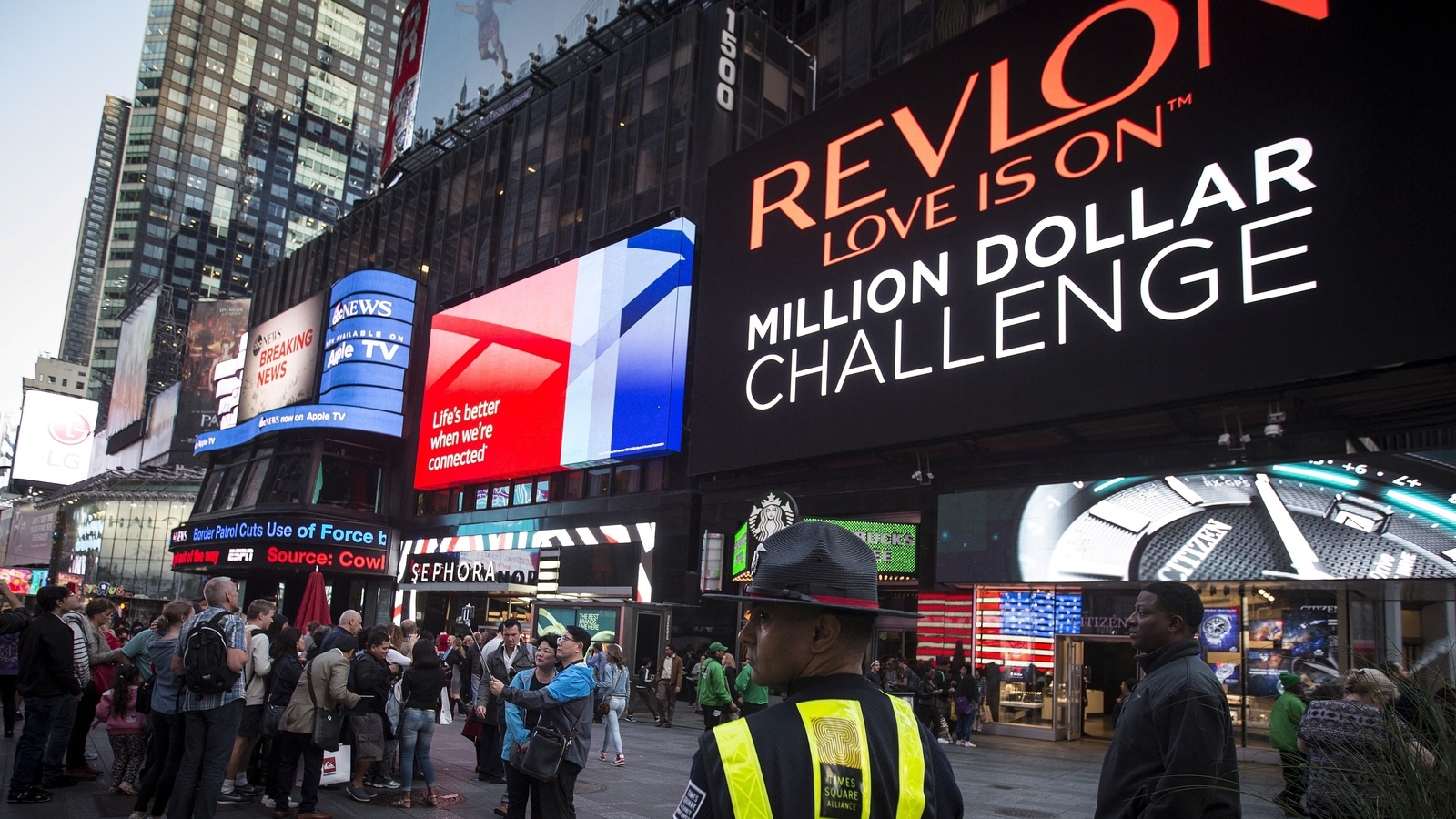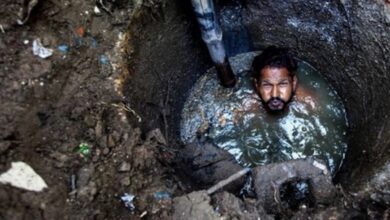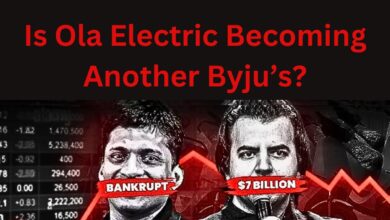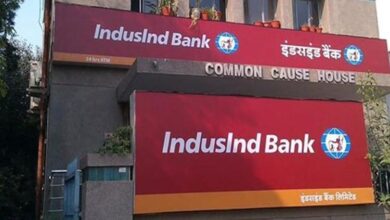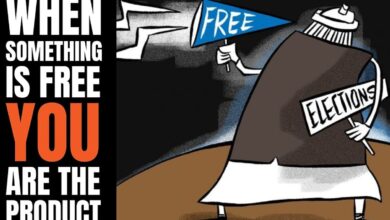What went wrong with cosmetics giant Revlon?
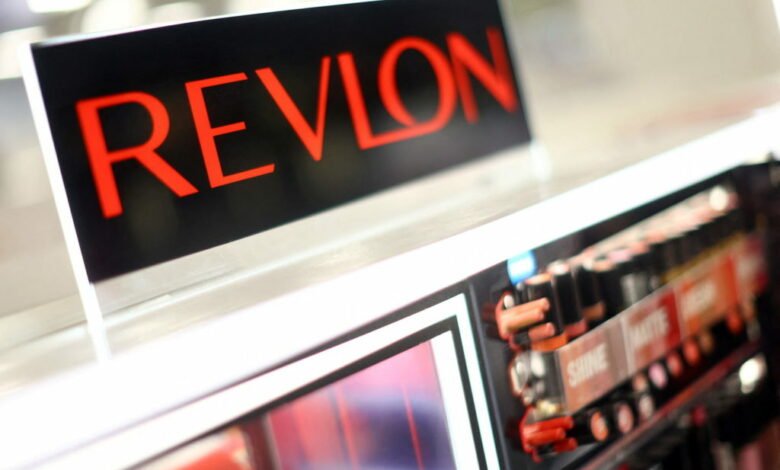
What went wrong with cosmetics giant Revlon?
The company; was a pioneer in the early 20th century, introducing cosmetics to America for the first time. It became the first American cosmetics company to have its products displayed in department stores. But bankruptcy, a buy-out by LVMH, and mediocre sales are just some of the problems Revlon has faced in recent years.
Revlon formed in 1930 when Edward Moore, one of the founders of Elizabeth Arden, took over a New York dry goods business and rededicated it to make cosmetics. The company; was among the first to introduce makeup with its line of “10 o’clock face powders and creams, under the guidance of Roy W. Webber and his son, Donald J.
The ’70s saw the Emergence of makeup giants, including Urban Decay and L’Oreal. Revlon’s signature product is ColorStay, a foundation powder and cream makeup. It is supposed to be smudge-proof and non-greasy. Revlon also sells lipsticks, eye shadows (called Eye Khol), blush, nail polishes (Nail Enamel), razors, perfumes, hairsprays (Head & Shoulders) and shampoos called Head & Shoulders.
History of Revlon
In the late 1950s and through the 1960s, Revlon was an internationally recognized name and a turning point in the cosmetic industry. They produced high-quality products with a reasonable price tag. Revlon became a household name when they were endorsed by Hollywood movie stars like Elizabeth Taylor and Audrey Hepburn. Revlon also heavily invested in marketing campaigns to target women of all ages.
Over the years, Revlon has been involved in numerous legal disputes with its customers. La Ligne de Revlon and Revlon Colorstay are among the most popular products accused of having toxic ingredients. The company also had a lot of complaints about lack of customer service. In 2008, the company agreed to clean up and change their components on a trial basis.
By the early 2000s, Revlon had started to develop a toxic reputation due to consumer claims. A handful of Revlon’s items were taken off the shelves for having poisonous ingredients. The company was also accused of not making products that could live up to the claims on their labels. Revlon had a lot of trouble dealing with public relations and problems with their products.
Management of Revlon
Revlon went through a succession of CEOs in years as well. The company has not had a stable management structure in years because of the corporate culture and the CEO turnover. In 2011, Revlon replaced Alan Ennis with Lorenzo Delpani as CEO and President of the organization.
In the early 1900s, Edward Moore became a part of an earlier company but eventually sold his ownership to his partner in 1916. The business was renamed Elizabeth Arden and began to produce a line of cosmetics. Its popularity led Moore to launch Revlon in 1927. The firm flourished throughout the 20th century into the 1970s when other beauty companies such as L’Oreal and Avon outflanked it for market share.
In 1970s, Revlon went public. The company borrowed heavily to expand its business and could not meet its debt obligations. In 1983, the company first turned to LVMH, which put Revlon up for sale after an unsuccessful attempt in 1990. LVMH was able to select Revlon as one of its first takeover targets.

Problems With Revlon
Revlon has struggled in recent years due to significant changes in cosmetics marketing and distribution policies throughout the world. Individuals are more likely to shop for cosmetics at a drug store or department store than at a speciality store. Big-box retailers have become the go-to place for cosmetics products. The trend has forced Revlon and other companies to re-evaluate their marketing strategies. Revlon also has been unable to produce valuable innovations.
Revlon has struggled internationally as well due to governments’ regulation policies that can severely impact how cosmetics are sold and distributed in various countries all over the world. For example, Revlon could not sell its products in China due to government regulations on cosmetics packaging. LVMH has grown and become more profitable by acquiring other companies. This has allowed LVMH to purchase Revlon and other brands from which it made significant profits.
Is Revlon Worth Saving?
Revlon is widely available at retail stores and is sold at a reasonable price tag, making them a good purchase for consumers who want value for their money. Revlon has established itself as a cosmetics giant throughout the twentieth century. It has also been one of the most recognized cosmetic brands in the world, with stars like Audrey Hepburn and Elizabeth Taylor using their products.
The company has over 4,000 employees worldwide, and its market value is approximately $3 billion. Revlon’s products can be found at CVS, Walgreens, and Sears, including department stores such as Macy’s. Lorenzo Delpani is currently the CEO of Revlon. Revlon, Inc. has been selected as LVMH Moet Hennessy Louis Vuitton’s first takeover target. On July 27, 2014, Revlon, Inc.’s stockholders voted to approve the acquisition by LVMH Moet Hennessy Louis Vuitton of Paris, France. The transaction is expected to be completed on August 1, 2014, subject to the satisfaction of customary closing conditions.
How did this universally famous and iconic company go so wrong?
The company was the first in the U.S. to introduce cosmetics to department stores and invested heavily in television advertisements and promotion. L’Oreal acquired Revlon for US$10 billion in 1998, but the two firms are no longer partners. Revlon has about 1,500 employees and sales of $810 million (2003).
Revlon was in debt for about $500 million in 2003 and had to sell many of its assets. The company separated from its M&A executive board. It replaced chairman Robert F. Wright, the son of former CEO Charles F. (Chuck) Wright, with a new one that includes L’Oreal’s executive deputy chairman, Lindsay Owen-Jones.
The Rise and Fall of Revlon
In the film, “Rise and Fall of the House of Revlon” (1950), the company offers its first lipstick, among other products. The company; is an early pioneer in developing and Marketing cosmetics for women’s use. Magazines interviewed executives about it.
The film presents Elizabeth Arden as an early competitor to Revlon, which offers a similar range of products for women, including lipstick. Arden spreads around advertisements to prove that she does not have to pay models for these campaigns. Revlon includes advertisements for its latest lipstick.
How was the cosmetics giant Revlon filed for bankruptcy?
Revlon has been through many years of ups and downs. Since being acquired by L’Oreal in March of 2000, the company has not been successful. Revlon’s decreasing sales is a direct result of its poor quality management and its failure to meet customer needs. Revlon was founded in April of 1927. The company was known for its signature lipstick, Lip Smackers. The company’s history is filled with constant struggle and instability.
The company has not been able to meet its potential and the expectations that consumers have of the cosmetic industry as a whole. Revlon has not been able to continue providing its consumers with quality products backed by innovation, due to corporate politics and poor leadership. Many companies have gone under because they have failed to meet consumer needs and expectations.
Major shareholders negotiated a deal to restructure the company and buy out some of its creditors. Revlon filed for Chapter 11 bankruptcy protection. It emerged from bankruptcy protection as a private firm with about US$1 billion in debt. Revlon executives blamed the filing on a US$1 billion debt load it took during its 1998 merger with French cosmetics giant L’Oreal SA.
Revlon’s problems began in the early 2000s, after a buy-out by LVMH. Since then, several attempts at business restructuring have left it on the verge of bankruptcy. A 2003 debt restructuring agreement left Revlon with approximately $1 billion in debt, as well as a new but dilapidated headquarters building in New York City. As part of the agreement, Revlon sold its stake in the L’Oreal Group to L’Oreal for $1.
Why did the company file for bankruptcy?
In the wake of its failed 2004 acquisition by LVMH, Revlon’s debt load grew to $1 billion. The company was forced to file for Chapter 11 reorganization following a disappointing holiday season. It hoped to emerge from bankruptcy within six to nine months and with a fresh start.
The company was purchased by Ronald Perelman’s MacAndrews & Forbes Holdings Inc., which also purchased other famous brands, including Marvel Entertainment Group and the New York Daily News. The deal is expected to close in October of 2009. MacAndrews & Forbes acquired Revlon for $210 million in cash, plus $90 million of preferred equity and about $82 million in debt.
This process will allow us to regain our financial strength and competitiveness and ensure that we can continue to deliver superior products in both developing and developed markets worldwide. Revlon experienced a large amount of debt after the acquisition by L’Oreal to become part of a significant corporation.
The founder, Moore, was a pioneer in the industry and personally invented many of the products that became iconic for the company (i.e., Amber skin cream, Ivory soap). Through Moore, Revlon was a pioneer in introducing makeup to department stores. Moore’s sons would carry on his vision and follow him into entrepreneurship. His youngest son George P. Cohan also became successful in business as an entrepreneur and investor, founding his own company called GPC Investments.
How did supply chain issues contribute to Revlon’s woes?
Revlon has 1,200 employees, and as of 2009, the company is headquartered in New York. Revlon has experienced many ups and downs since its founding in 1932. In recent years, Revlon has not been doing well under its current management team. The company’s financial performance has decreased since L’Oreal purchased it for US$10 billion in 1998.
Revlon’s quality issues indicate how supply chain problems can lead to a company’s failure. The company has been experiencing many problems and is planning to leave its current location in New York. Revlon is looking to retire after 30 years of service.
While L’Oreal has had success with its recent acquisitions, they have recently experienced a downturn in performance as well. In the 2010 Annual Report, L’Oreal’s operating income fell by 11% in 2009, and its revenues declined by 6%. The company’s margins have not been what they once were. In 2005, earnings improved significantly but then dropped the following year.
What’s the way ahead?
L’Oreal bought Revlon in a $10 billion deal in 1998, and the company has been going downhill. Revlon’s new owners are planning to move out of the company’s Fifth Avenue building in New York City. On June 19, 2009, the new owners said they planned to move out of the current office building next to Rockefeller Center, which was built around 1930 and is listed on the National Register of Historic Places. The owners plan to renovate and lease out space at an undisclosed location.
How could Revlon’s failure be prevented?
Revlon’s management team struggled to make bold changes within the company. It seems that the problems began when L’Oreal purchased it. The new owners of Revlon have changed the leadership team, but this is insufficient to prevent the company from falling into bankruptcy.
To prevent financial failure, there must be an independent evaluation of a company before it is acquired by another organization. The impact a merger or acquisition will have on a company must be evaluated before it is decided that the purchase is in the best interest of both parties.
Revlon seeks Chapter 11 protection
Revlon’s management team hopes to restructure the company and emerge from Chapter 11 reorganization with a fresh start. The company has not been doing well in recent years and will be looking to exit bankruptcy completely. Revlon and its core brands have low barriers to entry, which means that a foreign conglomerate could quickly move in and steal market share from Revlon.
Revlon operates in four segments: fragrance and prestige cosmetics; personal care & styling aids; professional cosmetics; and the company’s investment portfolio. The segments are managed by a team of leaders across Revlon’s various locations, from manufacturing to distribution, from sales to research & development. The global organization divides responsibilities for products by region.
Profits were down due to falling sales of skin care products. Sales of the skincare products have been falling for the past ten years. Sales in beauty care products fell from $3.7 billion in 2000 to $2.7 billion in 2001 and to just over $2 billion in 2002. The company has experienced a decline “in response to evolving product and competitive trends, combined with higher costs of raw materials and distribution.”
In December 2009, Revlon agreed to be purchased by MacAndrews & Forbes Holdings Inc., which also purchased other well-known brands, including Marvel Entertainment Group and the New York Daily News. This deal is expected to close in October of 2009. The price for Revlon was not disclosed at that time.
In 1932, Revlon’s founder Joseph C. Moore invented a cosmetic cream named “Revlon Photo Black” after learning that people used a bottle of baby powder to put under their eyes to look awake. The company was incorporated in 1935 and was soon produced Revlon Red, a tomato-scented quick-drying hair dye. The company’s first beauty product line came out in 1944 with the introduction of the famous “Velvet Teddy” lipstick and other lipsticks with active ingredients such as Vitamin A and Aloe Vera.
Debts mounted for Revlon,
One of the main reasons that the company, has been experiencing financial decline is because of its immense debt. It has accumulated approximately $8.7 billion in debts between 2001 and 2002. “Absent the acquisition of Revlon, this decline may have occurred without L’Oreal having to incur substantial additional debt.”
The company seeks to re-organize and emerge from the bankruptcy court as a “strong, independent and financially viable business.” Revlon’s management team plans to sell off a few of its brands to refocus on its core product lines. The company has been struggling financially but is hopeful that the bankruptcy will help them get back on track.
L’Oreal had acquired 68% of Revlon for $10 billion in 1998. This ultimately added about $3 billion to L’Oreal’s debt. If a few of the brands chosen to be sold in the bankruptcy get sold for less than the underlying economic value of their brand, L’Oreal may end up losing out on about $1.5 billion.
Bottom line
It acquired a lot of debt because of its acquisition of Revlon. If Revlon goes into bankruptcy, L’Oreal will lose money on its investment. The company obtained a new credit facility in 2006, which stood at $3 billion. However, the company made a $2.3 billion interest payment in the first quarter of 2007, which caused funds to be transferred from L’Oréal’s domestic subsidiaries to purchase Revlon businesses and certain other non-financial obligations.
In February 2006, L’Oreal announced that it would acquire 76% of The Body Shop that it did not already own. On March 27, 2007, L’Oréal completed its $1 billion purchase of The Body Shop International. The final price was $1.3 billion. In the first year after L’Oreal’s acquisition, the company experienced a 14% drop in sales, and earnings were down by 16.5%. A new CEO has been appointed to help turn things around.
Edited by Prakriti Arora

